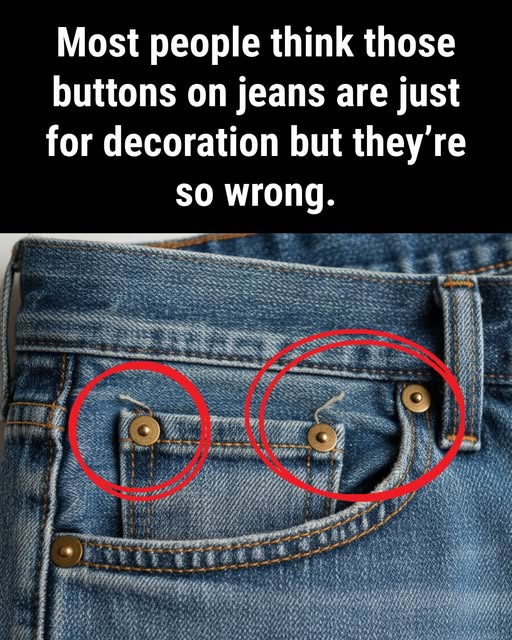Most of us slide into a pair of jeans without giving a second thought to those tiny metal buttons clinging to the corners of the pockets. They’re so small and unassuming that it’s easy to dismiss them as decoration—just another stylistic touch companies throw on for flair. But those little metal dots, those rivets, carry a story of grit, invention, and pure survival. Long before denim became an everyday fashion staple, it was the armor of miners, ranch hands, and laborers, and without rivets, their pants simply couldn’t withstand the brutal work of the American West.
In the 1870s, one tailor—Jacob Davis—listened to his customers complain about pockets ripping open under the weight of tools, pay, and supplies. Desperate for a fix, Davis turned to something unusual for clothing: metal hardware. He hammered copper rivets into the most fragile corners of the jeans, and almost overnight, the pants transformed from disposable garments into reliable gear tough enough to outlive the men wearing them. Unable to afford a patent, he joined forces with Levi Strauss, and together they introduced the riveted jean—a creation that would rewrite the future of clothing.
As denim shifted from workwear to cultural icon, the rivets stayed. They moved, adapted, sometimes hid under layers of fabric, but they never disappeared. Why? Because they worked. Those tiny pieces of metal distribute tension, save pockets from tearing, and give jeans the strength to age gracefully instead of falling apart. Even today, in an era of soft stretch denim and fashion-forward silhouettes, rivets remain a badge of authenticity—a quiet nod to a time when clothing wasn’t judged by its style but by its stamina.
So the next time your fingers brush over those small metal dots, remember this: they’re not decoration. They’re a living piece of industrial history, born from necessity and carried forward by tradition. A century and a half later, rivets still hold denim together—proof that sometimes the smallest details leave the biggest legacy.
